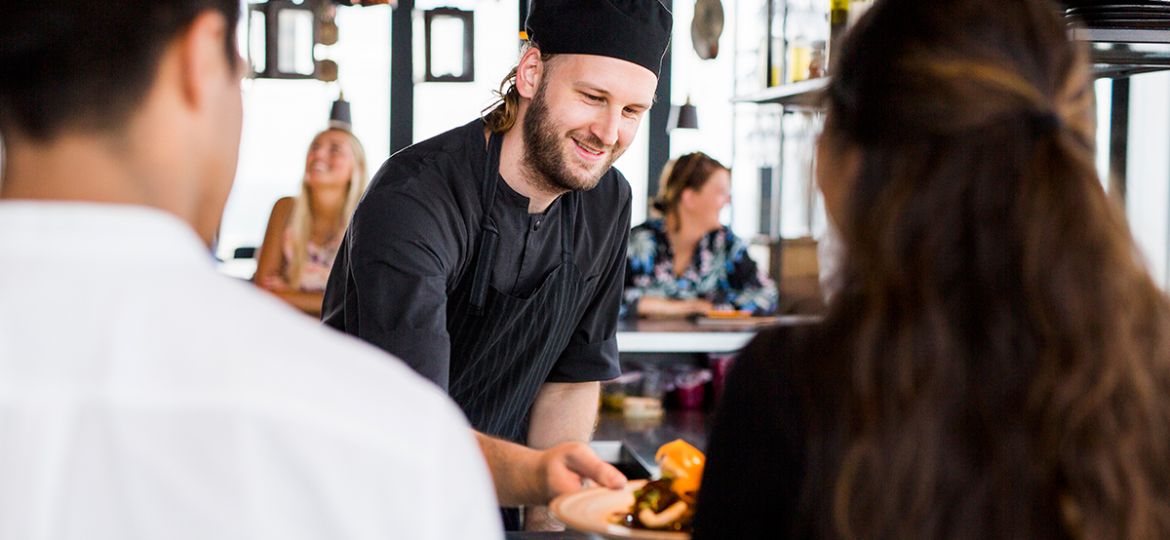
Step 1: Understanding the Menu
Every journey starts with a roadmap, and for a chef, that roadmap is the menu. The process begins with reviewing the dishes to be featured. Whether it’s a seasonal update or a specialty dinner, the ingredients must align with the flavours and vision of the menu. For instance, a summer menu may highlight heirloom tomatoes, fresh basil, and peaches, while a winter menu might call for root vegetables and hearty herbs like thyme and rosemary.
Step 2: Building Relationships with Suppliers
Quality ingredients¹ come from quality relationships. Chefs often develop long-term partnerships with suppliers who understand their needs. From local farmers to international purveyors, these suppliers become trusted allies. Regular communication allows chefs to stay informed about what’s fresh, in season, and high-quality.
For example, a chef who prioritises sustainability might work closely with a seafood supplier to ensure that the fish served is responsibly caught and within quotas. Similarly, a baker might depend on a miller who specialises in stone-ground flours for their artisan bread.
Step 3: Tasting and Sampling
Sourcing ingredients isn’t just about making a list and placing an order. Chefs often taste samples before committing to a supplier. Whether it’s testing the creaminess of a burrata, the marbling of a cut of beef, or the sweetness of strawberries, every ingredient undergoes scrutiny. This ensures that the quality meets the chef’s high standards.
Step 4: Planning Quantities and Timing
Chefs must balance creativity with practicality. Over-ordering can lead to waste, while under-ordering risks disappointing diners. Using historical data and reservations, they calculate the quantity needed for each ingredient. Timing is also critical; a supplier’s delivery schedule might dictate when to order to guarantee freshness.
For example, microgreens might need to be ordered twice a week to stay crisp, while aged cheeses can be stored longer. Understanding the shelf life of different products allows chefs to plan orders strategically.
Step 5: Embracing Seasonality and Local Options
One hallmark of great chefs is their commitment to seasonal and local ingredients. Not only do these ingredients taste better, but they also support local economies and reduce environmental impact. Visiting farmers’ markets or collaborating with local producers often results in unique finds that can elevate a dish.
Step 6: Placing the Order
Once all considerations are made, the chef finalises the order. Clear communication with the supplier is essential to avoid misunderstandings. Chefs often use detailed purchase orders that specify size, grade, and other requirements—for instance, “Proscuitto, Whole Halves – Spiees.”
Step 7: Receiving and Inspecting
The work doesn’t end when the order arrives. Chefs or their team members inspect every delivery to ensure it meets expectations. Wilted greens or bruised fruit might be rejected or flagged with the supplier. This step guarantees that only the best ingredients make it into the kitchen.
Final Thoughts
Sourcing ingredients is as much an art as cooking itself. It requires a deep understanding of flavour, a keen eye for quality, and a passion for excellence. The next time you savour a perfectly balanced dish at your favourite restaurant, remember the journey those ingredients took to get there. Behind every bite is a chef who planned, tasted, and selected only the best.

